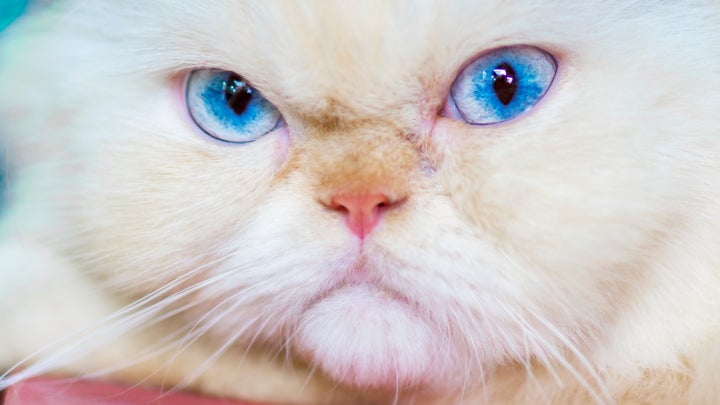
We all have our pet peeves ― like people who talk with their mouths full, line cutters, interrupters and, of course, slow-walking tourists in New York City who take up the entire sidewalk and insist on stopping every five steps to take a photo (No? Just me?).
But have you ever wondered why these little annoyances are called “pet peeves”? We did some investigating to find out the origin of the phrase.
The phrase “pet peeve” can be traced to the early 20th century, but its components have a longer history. The word “pet” can refer not just to a domesticated animal but also to something particularly cherished or preferred, as in a “pet project.”
“Pet” dates back to the 16th century, when it was primarily used as a noun in the animal sense. Examples of the “most cherished” usage appear in the 19th century, and there are multiple instances of “pet” paired ironically with negative concepts like “hatred” and “aversion” (much like the phrase “pet peeve”).
An 1833 issue of the British women’s magazine La Belle Assemblée reads, “The good general’s prime aversion, his pet hatred, had of course fallen upon his nearest opponent, his next neighbour, who ... had committed the unpardonable crime of making his own large fortune as a Russia merchant.” Other 19th century writings mention “pet dislikes” and “pet aversions.”
As for the second half of the phrase, a peeve is a particular annoyance. The word appeared more recently in the English language, with apparently no published examples before the 1900s.
“Peeve” is derived from the much older word “peevish,” which means “querulous” or “easily irritated.” “Peevish” comes from late Middle English, with examples appearing as early as the 15th century.
Around the turn of the 20th century, the back-formation “peeve” came onto the scene as a verb and then a noun, and not too long after, people started talking about their “pet peeves.”

A 1916 volume of American Garage and Auto Dealer describes certain Ford owners finding “their ‘pet peeve’ to be that of cranking a cold motor.” In 1918 another journal published reader mail that included the line “In Praise of Stevenson is so good I have entirely forgotten that rough-cut leaves are my little pet peeve.”
So it would seem the phrase “pet peeve” doesn’t have much to do with actual pets. But if you suspect your dog has its own pet peeves, you could be onto something.